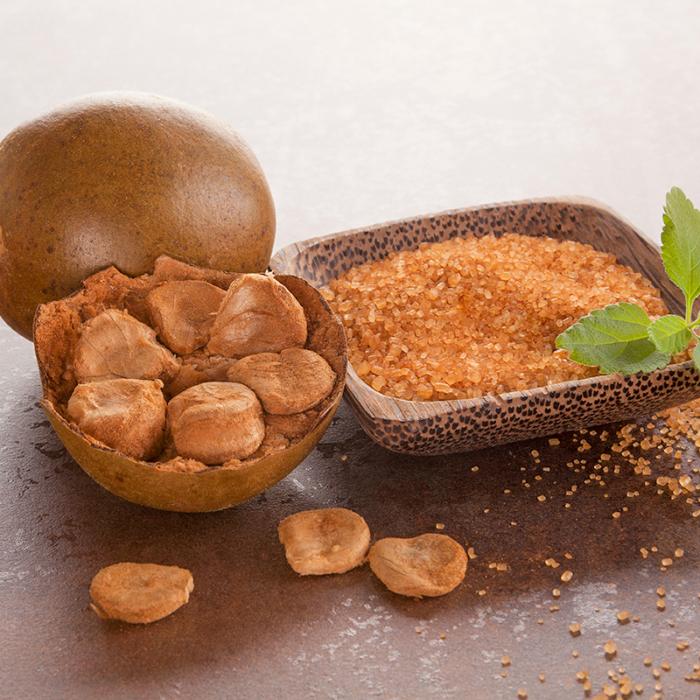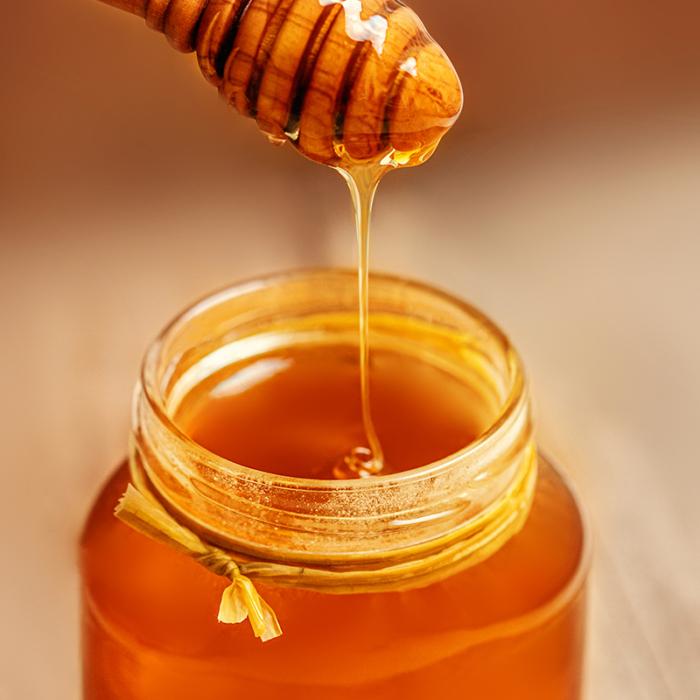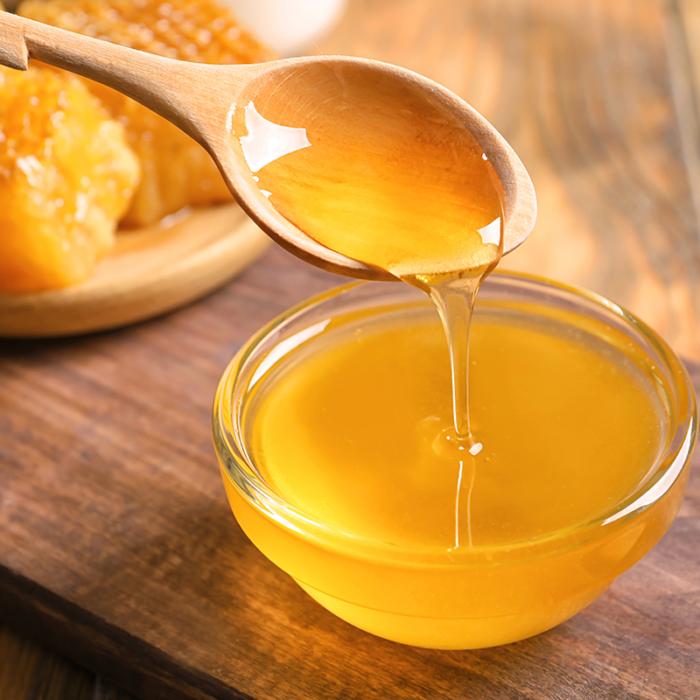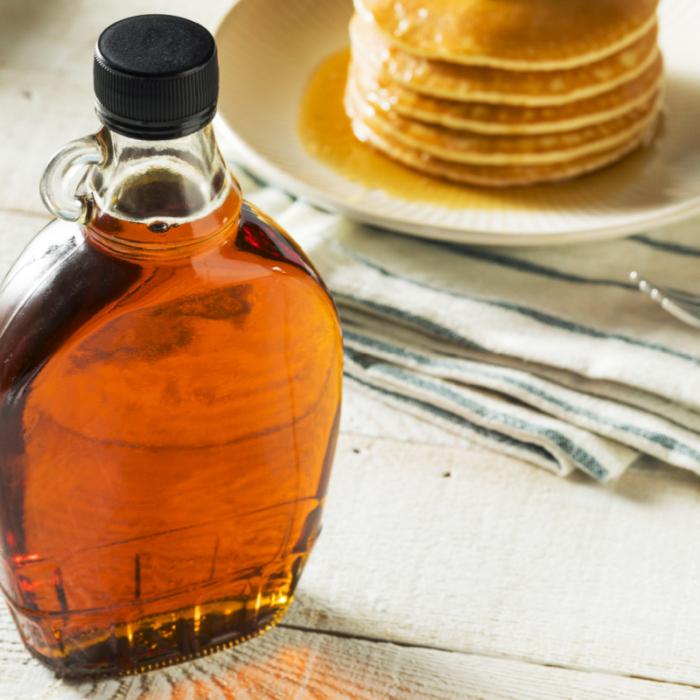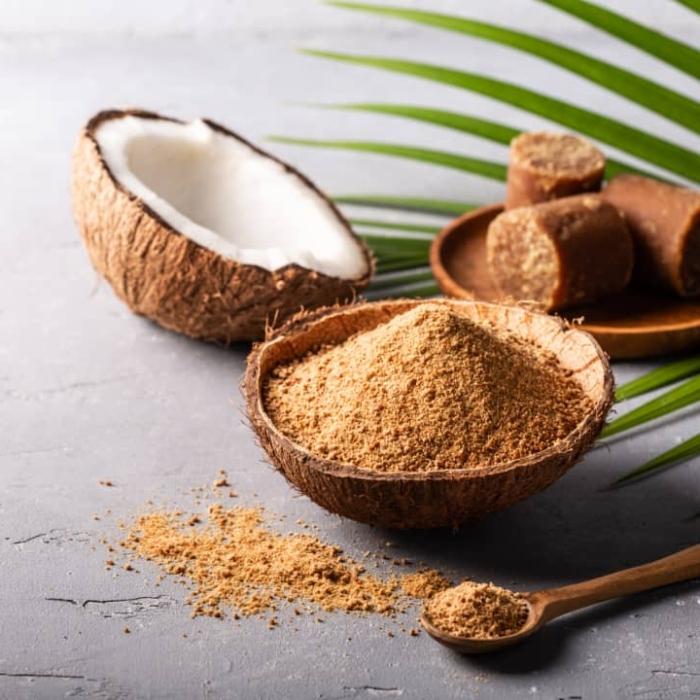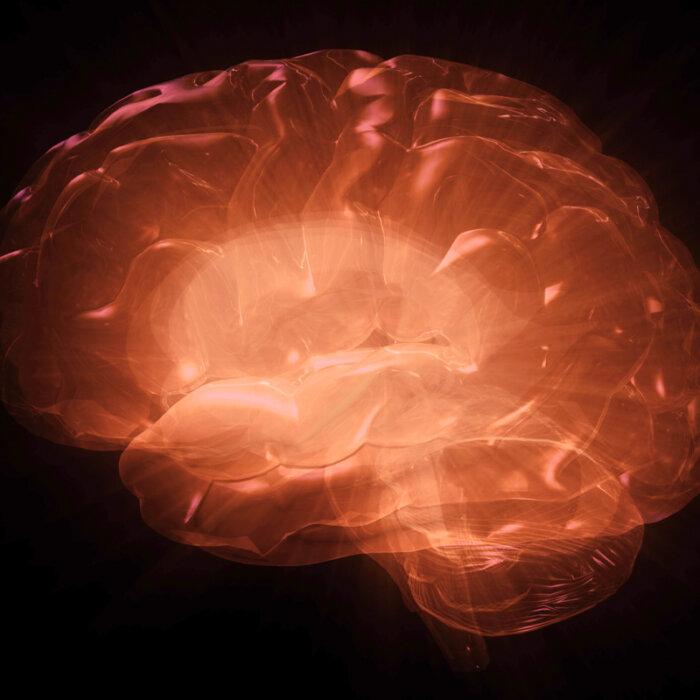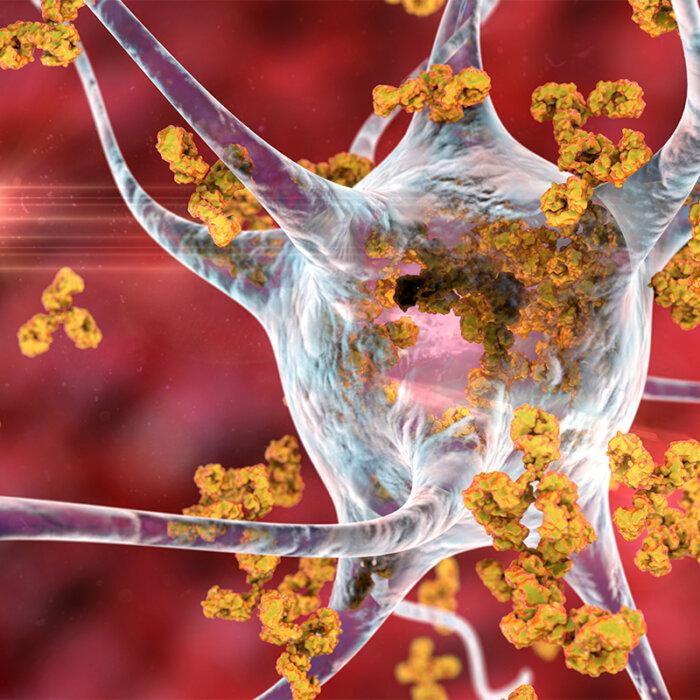Honey’s Antibacterial Properties Are Superior to Antibiotics’
“Bacteria quickly learn how to fight off the effects of the antibiotic drugs, but they don’t have honey resistance,” Nural Cokcetin, a research fellow at the Australian Institute for Microbiology and Infection in the science faculty at the University of Technology Sydney, said in an interview with The Epoch Times.Key Antimicrobial Components
The antibacterial properties of honey originate from its inherent characteristics and a diverse array of components derived from both nectar-producing plants and bees themselves. Additionally, some of these components are formed during the maturation process of honey.High Viscosity and pH
Honey has a high sugar content, reaching up to 82.5 percent. As a result, it has a viscous and syrupy consistency, exhibiting hygroscopic properties (ability to absorb moisture) and high osmolarity. Bacteria that come into contact with honey undergo dehydration and ultimately perish.Primary Antibacterial Agent: Hydrogen Peroxide
An important enzyme in honey derived from bees facilitates the oxidation of glucose, resulting in the production of hydrogen peroxide.Hydrogen peroxide is an effective bactericidal agent that can inhibit and kill microorganisms.
Bees Contribute Antibacterial Component Bee Defensin-1
Bee defensin-1 is another natural antibacterial component in honey originating from the honeybee’s hypopharyngeal gland.Bee defensin-1 is an antimicrobial peptide that can kill various bacteria and microorganisms. Specifically, the defensin protein has been shown to create pores within the bacterial cell membrane, leading to cell death.
Unique Antibacterial Component in Manuka Honey: Methylglyoxal
Manuka honey is often mentioned in studies regarding the antibacterial effects of various kinds of honey. As a globally recognized honey with high antibacterial potency, it possesses a unique natural component called methylglyoxal (MGO).After honeybees gather nectar from the flowers of manuka trees, a natural substance that’s found in the trees undergoes spontaneous dehydration, leading to the formation of MGO in the honey.
“The more of [methylglyoxal] there is, the more antibacterial that honey is,” Dee Carter, a professor from the School of Life and Environmental Sciences at the University of Sydney, told The Epoch Times.
MGO exhibits remarkable antibacterial properties by itself. It can alter the structure of bacterial fimbriae and flagella (appendages), and induce damage to their cell membranes, ultimately resulting in cell death.
However, this substance is sensitive to heat. Heating manuka honey to 98.6 degrees F (37 degrees C) can increase the levels of MGO, but heating it to 122 degrees F (50 degrees C) results in the loss of MGO.

Honey’s Antiviral Properties May Reduce COVID-19 Complications
Honey not only possesses antibacterial properties but also exhibits antiviral effects, which help protect the body and boost the immune system. Many individuals find relief from symptoms of cold and respiratory illnesses by consuming honey water, and there’s a valid basis for this remedy.Combats Influenza and COVID-19
MGO can inhibit the growth of enveloped viruses, including the virus that causes COVID-19.Boosts the Immune System
Honey can activate several immune cells, enabling them to eliminate viruses effectively. For example, oligosaccharides that are present in honey can enhance the activity of natural killer cells. Additionally, certain immune cells can “remember” specific viruses during the antiviral response, offering future protection against the same viral invasions.Promotes Autophagy
Honey can promote autophagy, which is crucial in combating deadly viruses such as SARS‑CoV‑2, which causes COVID-19. It’s an internal cellular process that involves the degradation and metabolism of cells, allowing for the removal and recycling of unwanted or damaged cells and impurities. This process contributes to the generation of healthier cells and promotes recovery.Honey’s Anti-Inflammatory and Gut-Health Benefits
Inflammation is a common occurrence in bacterial or viral infections. Left unchecked, it can significantly harm the body, potentially leading to life-threatening complications.In one of Ms. Cokcetin’s studies, honey could reduce inflammation levels in the intestines. She attributes this effect to the abundant presence of phenolic compounds found in honey.
She explained that honey also contains oligosaccharides and polysaccharides, which are complex sugars. These compounds serve as prebiotics, supporting the growth of beneficial bacteria in the gut and inhibiting the growth of harmful bacteria. Additionally, consuming honey promotes the production of short-chain fatty acids in the intestines.
Choosing Honey With Potent Properties
Generally, raw and darker honey varieties tend to have more robust efficacy.Honey comes in a diverse range of colors, from light yellow to amber, dark red, and even nearly black. These colors reflect the varying composition of honey, such as polyphenols, minerals, and pollen. Numerous studies suggest that dark-colored honey generally contains higher levels of phenolic compounds and exhibits more potent activity.
To obtain manuka honey with exceptional antibacterial properties, it’s recommended to opt for pure honey sourced from New Zealand and Australia.
The manuka tree is exclusive to specific New Zealand and Australian regions, and its annual yield is limited. Certain products labeled as manuka honey may contain blends of other honey types, potentially affecting the honey’s properties. Furthermore, some of these products may even include low-quality ingredients such as sucrose.
Opting for single-origin honey sourced exclusively from the manuka tree and checking for its Unique Manuka Factor (UMF) rating is recommended. A higher UMF rating indicates higher levels of substances related to MGO. Some honey products also specify the amount of MGO in milligrams per kilogram.
However, manuka honey with a higher UMF rating may have a strong flavor that some people find pungent.
Ms. Cokcetin recalled that when she began her research on the antibacterial properties of honey, a professor she worked with said, “We’ve already got this great gift from nature that is a solution to superbugs; we just have to figure out how it works and why it works the way it does.”







